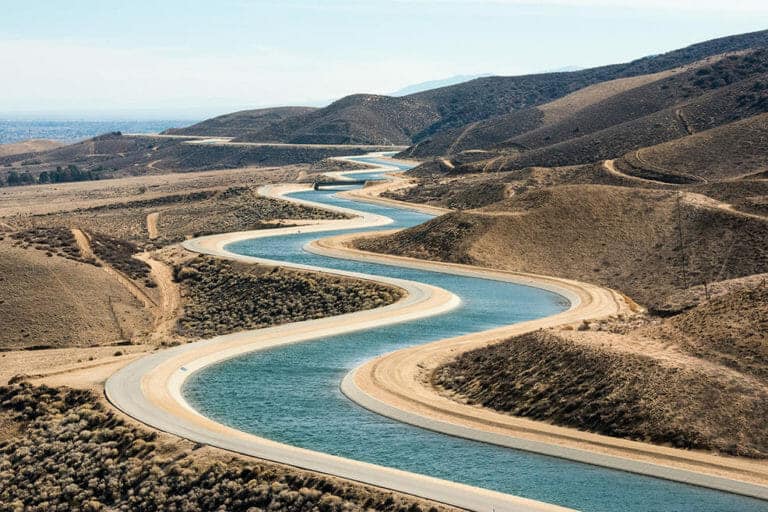After years of deliberation, California water officials have adopted landmark rules that will guide future water use and conservation in the state.
According to officials, the Making Conservation a California Way of Life framework will help save 500,000 acre-feet of water annually by 2040 — enough to supply more than 1.4 million households for a year — and apply to the state’s largest water utilities, not individuals or households.
Under the new regulations, roughly 400 urban water suppliers will need to meet individualized water-use targets and conservation goals, among other directives. Some agencies will be required to cut water usage by more than 30% within the next 16 years.
The measures are intended to help preserve water supplies as climate change drives hotter, drier conditions. The five-member State Water Resources Control board voted unanimously Wednesday to adopt the rules, which stem from two 2018 bills that called for the creation of new standards.
…we need to show — for other states and for ourselves — that we’re taking steps to ease that burden.
—Joaquin Esquivel, chair, State Water Resources Control
“As we think of the Colorado River, the Bay Delta, the stressed watersheds from which much of the urban supply comes into our cities and communities, we need to show — for other states and for ourselves — that we’re taking steps to ease that burden,” chair Joaquin Esquivel said during the board meeting. He added that such efforts are needed “especially in dry times, but through all water year types, in order to ensure that we all continue to have ample supply and thriving communities.”
The framework marks a shift from the one-size-fits-all approach that governed California water for years, such as the mandatory 25% statewide water reductions ordered by Gov. Jerry Brown during the 2012 to 2016 drought. The new rules will instead enable suppliers to weigh local factors such as climate, population and lot size, and to account for previous investments in conservation.
Its approval comes after considerable revisions based on feedback from local water groups — who said the rules would have significant cost implications for some suppliers and customers — and from environmental organizations who said, conversely, that the mandate doesn’t go far enough.
This regulation will be very challenging — it will require a whole statewide effort to change the way that we use water in California.
Chelsea Haines, regulatory relations manager,
Assn. of California Water Agencies
“This regulation will be very challenging — it will require a whole statewide effort to change the way that we use water in California,” said Chelsea Haines, regulatory relations manager with the Assn. of California Water Agencies, which represents about 90% of the state’s city and farm suppliers. “It’s an unprecedented approach, and will require a significant amount of funding and technical support.”
The industry organization was among a coalition of groups that said the rules would create undue burdens for low-income and disadvantaged suppliers. Among other issues, struggling agencies may take in less money from ratepayers once the conservation goals kick in. The majority of the agencies facing the steepest reductions are in inland areas and places that fall below state median household income levels, they said.
The Los Angeles Department of Water and Power, for instance, has already made significant gains in conservation and would not need to achieve its first reduction, 6%, until 2035. Other areas, such as the city of Bakersfield, would need to […]
Full article: www.latimes.com

